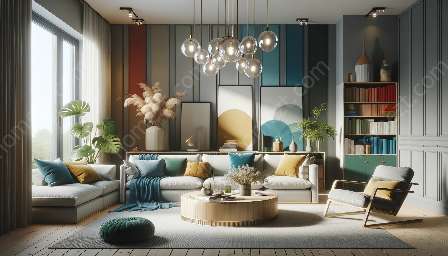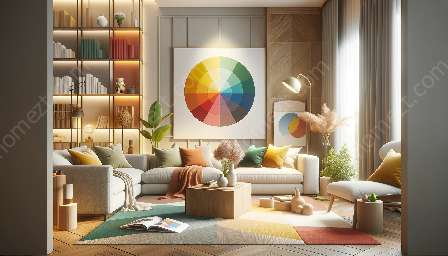Color theory provides a foundation for understanding how colors work together in various contexts. One aspect of color theory that has gained attention in design is the concept of triadic colors. In this comprehensive guide, we will delve into the fascinating realm of triadic colors, their significance in color theory, and how they can be effectively applied to home furnishings.
Understanding Triadic Colors
Triad colors, also known as triadic colors, are a set of three colors that are evenly spaced around the color wheel. When these colors are combined, they create a balanced and harmonious color scheme. The triadic color scheme offers a high degree of contrast while retaining color harmony, making it a popular choice in various design applications.
Triadic colors can be determined by drawing an equilateral triangle on the color wheel, with each point representing one of the three colors. The primary triadic color combinations include red, yellow, and blue; orange, green, and violet; and their variations.
Relation to Color Theory
Triadic colors play a significant role in color theory, particularly in understanding color harmony and contrast. The concept of triadic colors aligns with Johannes Itten's seven color contrasts, where contrast is achieved through the use of complementary, light-dark, warm-cool, simultaneous contrast, and more.
Furthermore, triadic colors illustrate the interconnectedness of colors and their potential to create visually appealing compositions. The balance and contrast provided by triadic colors make them valuable tools for designers and decorators to create dynamic and engaging color palettes.
Application in Home Furnishings
The application of triadic colors in home furnishings can significantly impact the overall feel and aesthetic of a space. When implemented thoughtfully, triadic color schemes can create vibrant and visually stimulating interiors.
For example, in a living room setting, triadic colors can be introduced through the use of furniture upholstery, wall art, and decorative accessories. The balanced combination of three distinct hues can infuse the space with energy and character while maintaining a sense of cohesion.
When considering the application of triadic colors in home furnishings, it is essential to pay attention to proportions and distribution. While all three colors should be present, one dominant color can set the tone for the space, while the other two act as accents to add depth and visual interest.
Summary
In summary, triadic colors offer a versatile and impactful approach to color harmonization and contrast. Their relationship with color theory provides a framework for understanding their significance in creating visually appealing designs. When applied to home furnishings, triadic colors can breathe life into interior spaces, making them lively and inviting.


